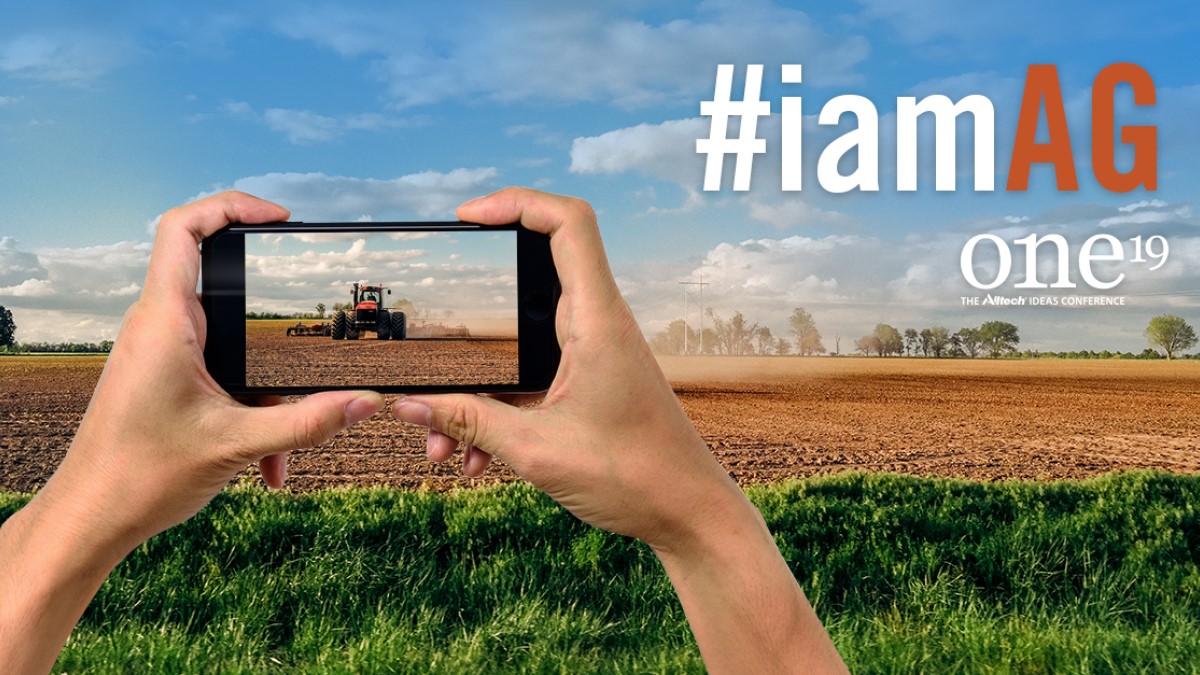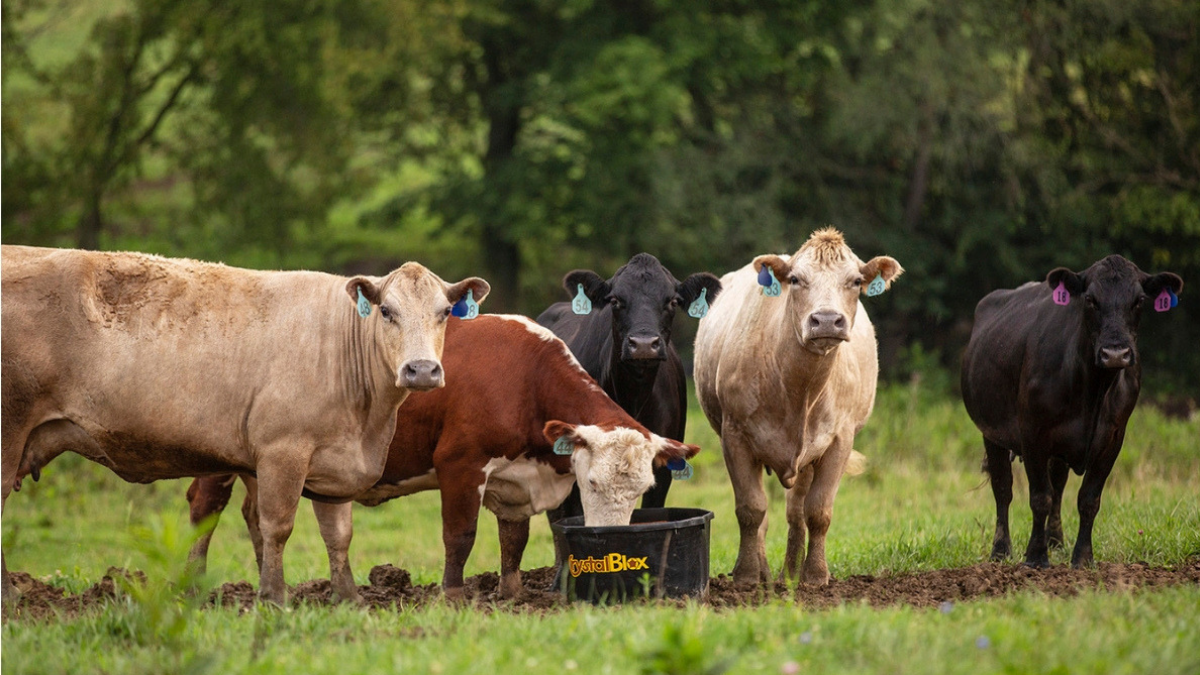The following is an edited transcript of Nicole Erwin's interview with Deborah Wilson. Click below to hear the full audio:
Nicole: I'm talking with Deborah Wilson, senior vice president of BIXSco Inc and Viewtrak Technologies, which operates the Beef InfoXchange System (known as BIXS) based in Alberta, Canada. Deborah is a project manager of the Canadian Beef Sustainability Acceleration Pilot project, which aims to track animals through a certified sustainable supply chain. Deborah, thank you for joining us.
Deborah: Well, thank you for asking me to come.
Nicole: Can you tell us a little bit about how this pilot project got started and how BIXSco plays a role in this new tracking process?
Deborah: I sit on the Canadian Roundtable for Sustainable Beef (CRSB), and we started, about four years ago, trying to define beef sustainability production in Canada. We have about 170 different stakeholders at the table right now, from bankers to animal rights activists, from environmental activists to groups like Nature Conservancy, Ducks Unlimited, as well as retailers — major grocery retailers, restaurant chains, processors and producer groups, feedlot groups, the cow-calf groups — were all at the table. There's been a desire to define sustainability, and so, when you put that diverse group of people together, if you are going to take on an initiative this big, everybody's voice has to be heard. So, there was no point in creating a program that didn't have the animal rights activists at the table, that didn't have the environmental groups at the table. They need to understand what we do, and we need to understand what their goals are in order to deliver.
It’s been a very unique learning experience for me because I came from a producer background and, in the beginning, I honestly went to my first meeting and thought, "This will never work." But three years later — if you lock enough people in a boardroom for close to 11 hours a day and feed them one meal and say, "This is what you need to get through today and what you need to try to find the definition of or to agree on" — it's amazing what we can do when we work together!
Nicole: Three years. That's a commitment.
Deborah: Yeah.
Nicole: Did you see any of those stakeholders drop out along the process, or did everybody pretty much —
Deborah: No, it's grown.
Nicole: Wow.
Deborah: Everybody has wanted to come to the table. So, we defined the indicators. We started with that — what indicates that an operation is sustainable? Then we went from there to the verification process — how do we have a third-party audit done, which really puts the “teeth” on the program? Then, what is the auditing cycle? How long are these, and how do we create that cycle? From there, we needed to determine how we track the chain of custody of the animal through all these operations, because the beef industry is not a one-trick pony. Our cattle go everywhere and anywhere. Some of them are finished on grass, some are finished as shortkeep feeders, some go directly from the cow-calf to the feedlot, so we needed a way to conduct that chain of custody. And so, that's where my company comes in. We provide that chain of custody to the whole process.
Nicole: And in coming from the producer side — you've been a livestock producer for 30 years — how does it pay off to add the paperwork that a system like this might require?
Deborah: We're not adding paperwork; we're trying to do it all electronically. If you look at Information Technology Infrastructure Library (ITIL), which governs the sustainability programs or makes recommendations as to how to run a sustainability program, they advocate that you do as much electronically as possible or we'll all be buried under paperwork.
How has the industry changed since I first started? Well, the paperwork has escalated; the complications have escalated. What are we looking at? The people who are buying our end-product, the beef. We have a more informed and more educated consumer than we've ever had in history. They have instant access to information via the internet. Is that information right or is it wrong? They're taking it as right, some of which we know is misleading or wrong. So, this is our opportunity to build the right message. This is our opportunity to have a conversation. This is our opportunity to say that we are worried about our environmental impact, that we are trying to be socially responsible, that we are trying to be good stewards of our animals and of the land. So, that's the changes I see.
I have grandchildren that I think will be in the industry, ultimately. They're passionate about the cattle industry already, they're in 4-H, they're part of environmental stewardship programs, they're aware of all these issues, and I want them to have a future in this industry.
Nicole: In a past interview, you gave an example of a farmer with 200 head of cattle fully utilizing a sustainable change management system and adding approximately $1,200 to his profit margin. How does that work?
Deborah: Oh, you've done your homework.
Nicole: I read a little bit.
Deborah: Okay. That was a conversation that I had initially with some of the retailers. We did the first McDonald's Pilot project, and we sold it on the basis of, "You should do this because it's the right thing." McDonald's spearheaded that project and had a project manager come in [who] I worked very closely with. We also had a couple of major packers onboard with that, so we logged miles and miles on the road talking to producer groups. They all agreed that it was the right thing to do, but the motivation wasn’t there. So, once that pilot project wrapped, there was a group of us who came together that have been involved in the first pilot project and are involved in the CRSB, and we said, "How are we going to test the framework? How are we going to make the framework have credibility to the industry at large?" It was over dinner one night, and one of the industry people said to me, "How can I get producers involved in this?" And I said, "Cash is good. Cash always works." I said, "We're not greedy people. It doesn't have to be a large amount of cash. But you're asking them to change some of their practices; you're asking them to pay for a third-party audit, which they are already a little scared of. If you could offer them some kind of incentive, like enough to help pay for that audit, maybe put a little extra cash in their pockets for doing the right thing, I think you'll be surprised at the uptake."
Nicole: And, so, that's where the return is.
Deborah: That's where the return is. There's a concern within the industry of, "Yeah, yeah, so they are paying us this now…” It’s not a premium; it's a financial credit, a financial incentive to get involved to build this program. So, what I hear is, "Yeah, but then it's going to become a program and it's going to then become demanded by the industry, and then it's going to be the norm, and then we won't get this financial credit." And I said, "So, once we build this system and it becomes a norm and we maintain our market share and we keep having consumers that want to eat our product — tell me why that's a bad thing again?"
Nicole: Yeah. And what did they say?
Deborah: They're usually pretty quiet.
Nicole: Yeah.
Deborah: There's not much they can say. Because, I don't know about you, but my purpose in being involved in this is to create longevity and a sustainable beef industry. I don't mean just that our beef is sustainable, but how about a cattle industry that's sustainable?
Nicole: Since you started this pilot, have you been able to successfully track an animal from farm to table?
Deborah: We've done thousands of head.
Nicole: Can you tell me a little bit about what that looks like?
Deborah: Visually, when you look at tracking chain of custody, it looks like a three-year-old's crayon drawing of scribbles. Our cattle don't follow any specific path. One year, a person may sell his calves in the fall, and in the next year, he's got extra feeds, so he keeps them until they're yearlings. One year, they may go to grass, they may go directly to a feedlot, they could go to an audited operation and then they may get sold, and they may go to a non-audited operation; then, they fall out of the sustainability framework. We can still track those animals, but they went through an operation that wasn't audited, so it looks like a huge puzzle. When we talk to the retailers about it, they say, "Well, it's simple: just show us that they went here, went there, that you slaughtered them, we cut them up, we sold them." Then you get to show them that drawing. I have about three different visuals. When they look at the visuals, they go, "Oh." They don't have any idea of what they're asking — but it's up to us to show them that this is how complicated it is, but we're willing to try and work with you to do it.
It’s pretty exciting that we've been able to say we tracked this meat — or this animal — through all these verified operations. We send that off to the rest of the project management team, [and] they analyze it, they show it to the retailers. The retailers are committed to pay so many cents per pound for sustainable meat — we use industry averages to calculate the number of sustainable pounds — and then they come back and say, "Okay, you track this many head. That works out to $10 a head in the first quarter, $20 per head in the second quarter." In six months, we've tracked over a million pounds of sustainable beef.
Nicole: Wow. And are you using, like, a tag, or how are you keeping track of the beef?
Deborah: An EID (electronic identification) tag.
Nicole: Okay.
Deborah: Yeah.
Nicole: China has recently opened its beef market to the U.S. after a nearly 15-year ban. This new market opportunity also comes with new demands: all beef must be hormone-free. Is this blockchain technology what China is looking for to confirm a product?
Deborah: Well, the biggest thing the Chinese want, first and foremost — before hormone-free — is full traceability. Then you deal with the hormone-free issue, and I think that's something, as an industry, we really need to start having conversations about. Because the next big hurdle I see on the horizon for the beef industry is our carbon footprint. It's already there. The noise is already in the background. When I talk to retailers sitting in those boardrooms at the CRSB and the U.S.’s roundtable as well, it's such an opportunity to say, "I know you think your consumers want hormone-free, and I know they think that's what they want, but the problem is, you're taking away an efficiency in the beef production cycle that minimizes our carbon footprint."
If you compare the difference between a serving of beef — which is four ounces — that's raised with hormones and one without, there's a 1–2 nanogram difference. I mean, you can look it up on the internet: how many nanograms of estrogen in a head of cabbage? And we'll eat a big serving of coleslaw and not think anything of it. But it's a kind of fearmongering that's been put in people's minds.
I recently was at a European meeting — and, again, they have the no hormones, no antibiotics policy. That's been in place for a number of years in Europe. We have all these trade agreements that everybody is all excited about, but the trade agreements are not fitting with our current production practices. So, it's a question of, “Can we visit with these other countries to change some of their expectations and have a good conversation, or do we actually have to change our protocols here?” Then, what does that set us up for when we start talking about carbon footprint?
Nicole: How difficult would it be for a producer to try to meet the export market's demands on their own? Would you have to choose to produce for either domestic or export? Can you do both at the same time?
Deborah: Well, I guess you could. Yes. I mean, you're going to have to be able to if you're going hormone-free. They're going to demand some level of credibility, some level of third-party audit, I would imagine, or some verification process, and we can't do it with paper. Can you imagine if, at every stage of the game, an animal had paperwork? We saw that in the Irish Federation presentation yesterday [at ONE: The Alltech Ideas Conference] in the Beef Forum, and so, I know they do a lot with paper and they do it manually, but they have 16,000 producers in Ireland, both beef and dairy, in very small herds. So, when we look at the Canadian herd, which is somewhere around 13 million, and when you look at the number of head totally in the U.S., you are looking about 90 million head. We'd be buried in a sea of paperwork. So, we need to start implementing these data management systems, these state-of-the-art systems, that can then integrate with blockchain so that you can track the exact product. Then, the product comes through with a validation and a credibility behind it.
So, it will be the choice of the producers who want to raise those cattle without those growth hormones. China is a huge market; it's a wealthy market. We’re going to have to demand a higher price to produce beef that way, because it's going to cost us more to produce it.
Nicole: Can the Chinese afford it?
Deborah: Fastest-growing upper/middle class in the world? The president of BIXS is Hubert Lau. He’s Canadian, born and raised, but his parents came from China. We do a lot of business in China through Viewtrak with another one of our products. He said, "You have to understand the Chinese market." Here, we have an expression: "Keeping up with the Joneses." I get a better job, I make more money, I buy a bigger house, I buy another car, I'm farming by a bigger tractor, I buy two of those bigger tractors, I get a bigger combine. Keeping up with the Joneses [means] you're proud of what you own and have.
In China, they're very limited as to what they can own. You can only wear so many Rolex watches. You can only carry so many Louis Vuitton purses. You typically can't buy a bigger apartment. You're lucky if you have a vehicle. If you are going to be that wealthy and have a vehicle, you’re probably going to try to buy a Bentley. The biggest market for Bentley in the world is in China. So, can they pay for a premium product? You bet they can. And the desire for beef? It keeps increasing there.
I just had that conversation with some guys that live in China and speak the language. They said beef is just a hot commodity there, whether it's in a hot pot — which uses cheaper cuts of meat — or the ability to go out one night and have a $150 T-bone steak with a $300 bottle of red wine that came from Canada or France.
All of this has to come with a validation. I also talked yesterday in my presentation about the problem of food fraud globally. Beef is the fourth most black-marketed product or mis-marketed product or sold with the wrong claims. So, having that validation and that credibility is huge.
Nicole: What I'm hearing is [that] buyers want a story about where their food is coming from, connecting it to the farmer. Can you explain how some of these sustainable practices get translated into the supply management system? How can the consumer see that it is more sustainable, or someone who is buying from China?
Deborah: The goal of the CRSB, ultimately, is to have a label on the pack that would say "Sustainably Raised." CRSB will be able to give consumers a website if they want that additional information. I mean, there are other kinds of marketing techniques that you can use to go with that, but it's all a level of insurance. If I'm tracked in a data management system as having a third-party audit, that means that an outside party came on my farm and looked at what I did for 26 or 24 different indicators. So, that adds to the story.
Then, within our system, you can verify that you are a grass-only operation, or that you're hormone-free, if that's the route you choose to go; you can include the antibiotic treatments, you can verify that the animal's gone past its withdrawal periods for whatever you've given it, that it's had a good health protocol, good vaccination program, that it's Angus-only. Consumers can track genetics, if they choose. They can say, "I'd really like to eat meat from an animal with three ears," and if that's what producers want us to put in the system, we'll put in a category or a field for an animal with three ears. The reality of it is, we've gone from a one-size-fits-all program in the beef industry to one-size-fits-many. How does the consumer like their product today? They like their beef with a large side order of adjectives.
I have a son [who] grew up on a ranch, and he’s now a lawyer in the city. He goes to a niche market store. I asked him, "Why would you do that? You know how the industry functions." He said, "Because I like the story." And he has right to do that. He has the extra funds to pay for that story. So, we can leverage all of these techniques and tools we have to increase the value of our product. Why not?
Nicole: Your passion is clearly for beef, but how can something like this translate or be replicated by other markets, like pork?
Deborah: Oh, we've been asked by a number of different commodity groups to supply that verification in the background. We're also getting significant calls from other countries. We've been asked about tracking fish, sheep, goats, hogs — so, you're going to see our company evolve from the Beef InfoXchange System to the Business InfoXchange System, and we are going public with the company.
Nicole: When do you expect that to happen?
Deborah: We've done all the paperwork. We're just researching names. We want to stick with that BIXS logo. We've been accepted by the Toronto Stock Exchange, so the IPO will probably happen at the end of September.
Nicole: Wow! Are we hearing it first on the AgFuture Podcast?
Deborah: We announced it at the Livestock Markets Association convention in Canada, and other than that, I don't know if I said it in my presentation, but you're pretty darn close to the top of the heap right now!
Nicole: I guess one of the questions I should have asked earlier is, through the three years of discussions and understanding what it means to have a sustainable beef product, is that what you'll have to figure out with the other industries too — how to define what sustainable pork is?
Deborah: I say this all the time about our system: I don't want to tell you your business model, I want to hear what your business model is today and where you aspire to go — what your wish list is — because we can build a system that can deliver almost anything. I mean, you can do anything at a cost. What's your vision, how do you want to communicate that vision, and how do we validate that, and how do we be the support behind you to deliver what you want to deliver? I've had a number of meetings where I've been hearing about exactly that topic.
Nicole: Deborah Wilson, senior vice president of BIXSco Inc. Thank you so much.
Deborah: Well, thanks for having me.
I want to learn more about improving the health and productivity of beef cattle on my farm.

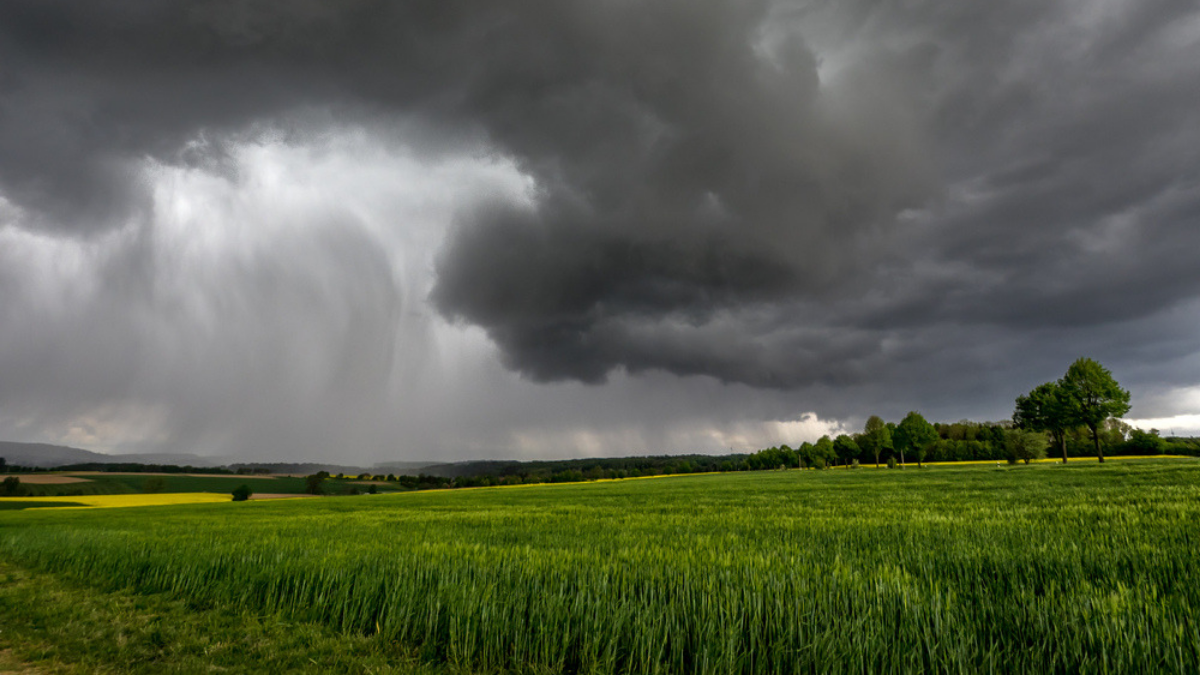













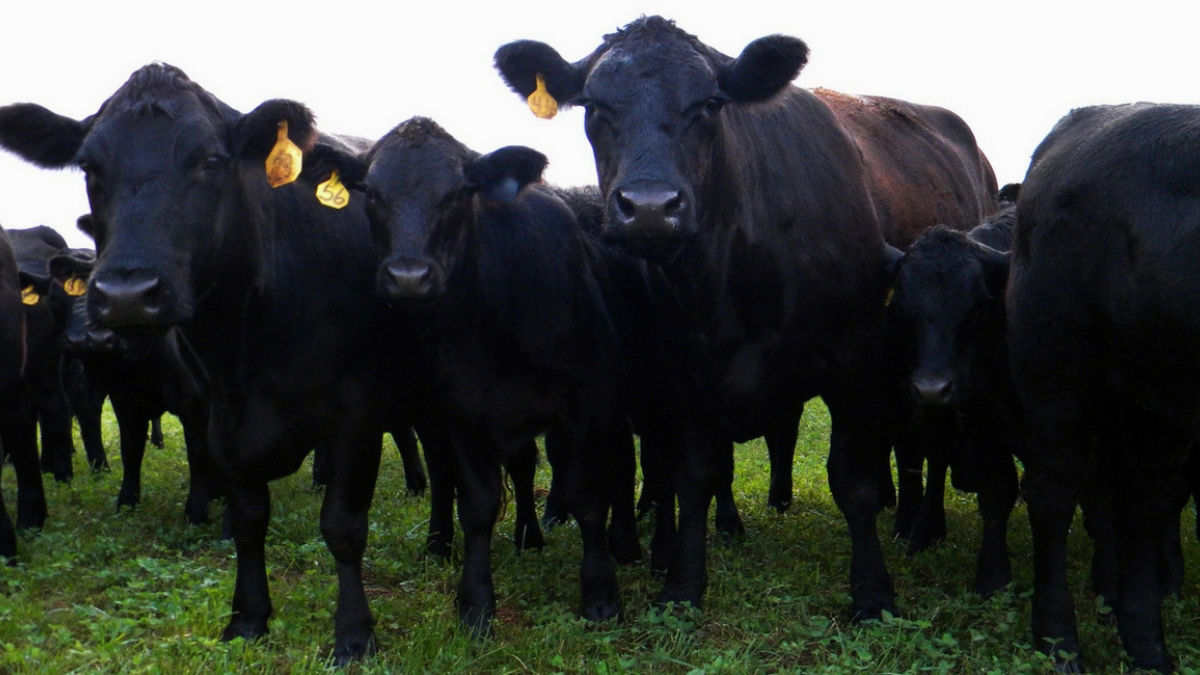

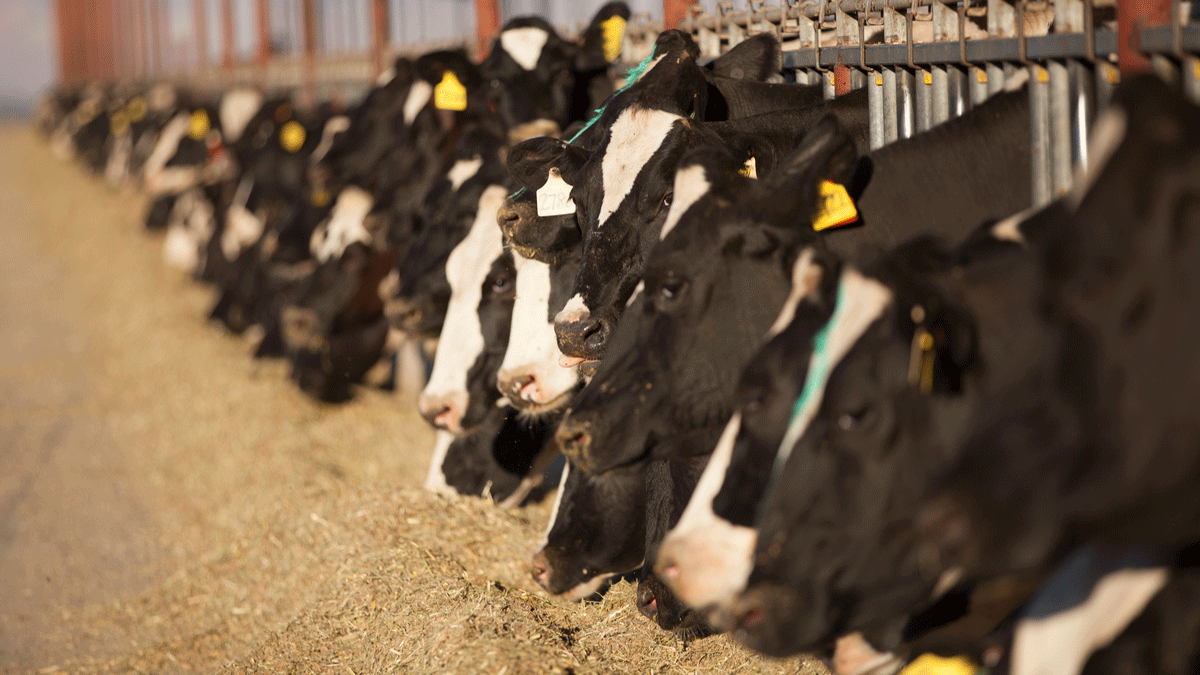

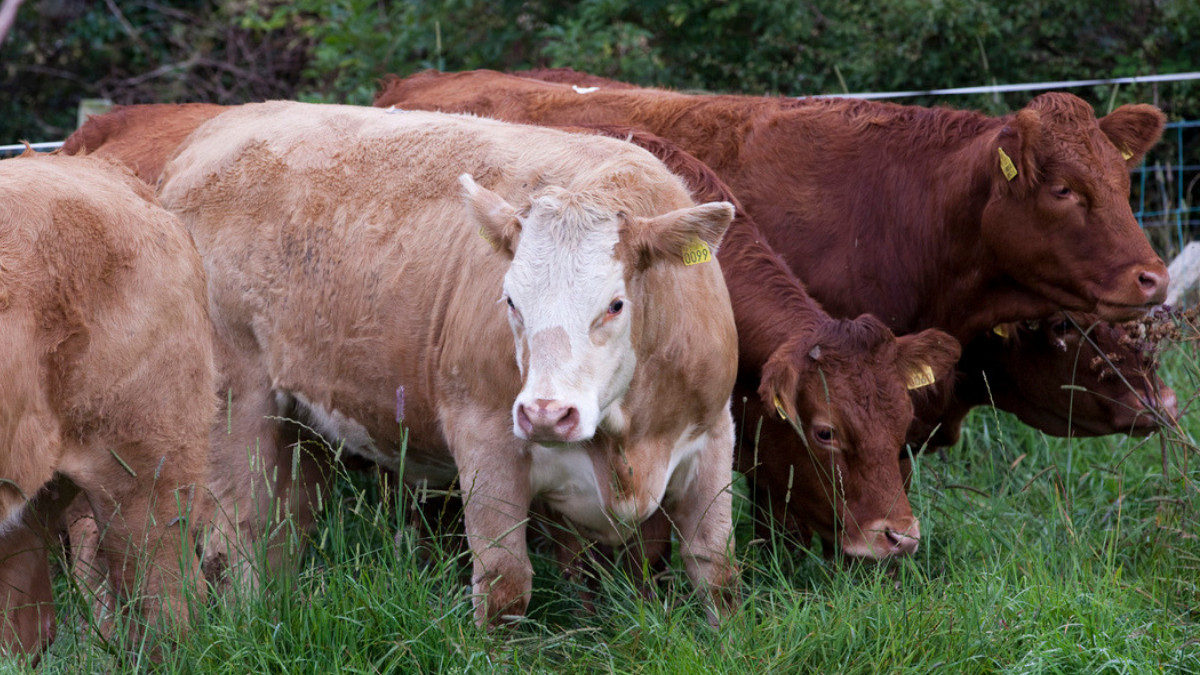
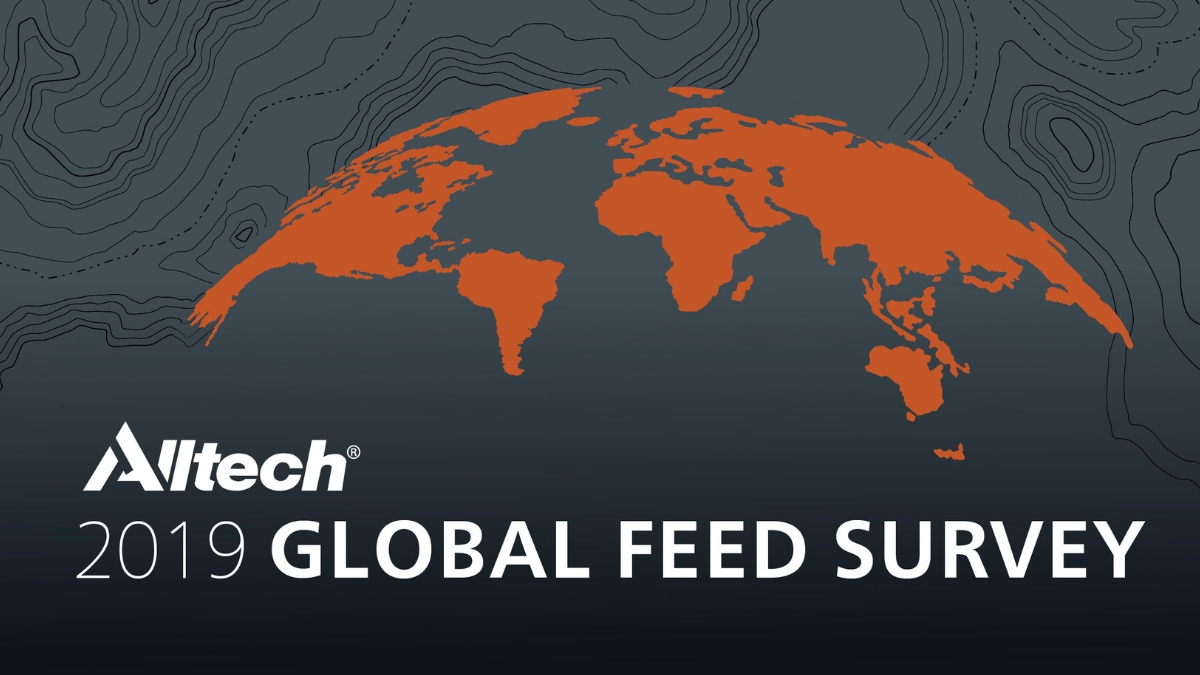




.png)
